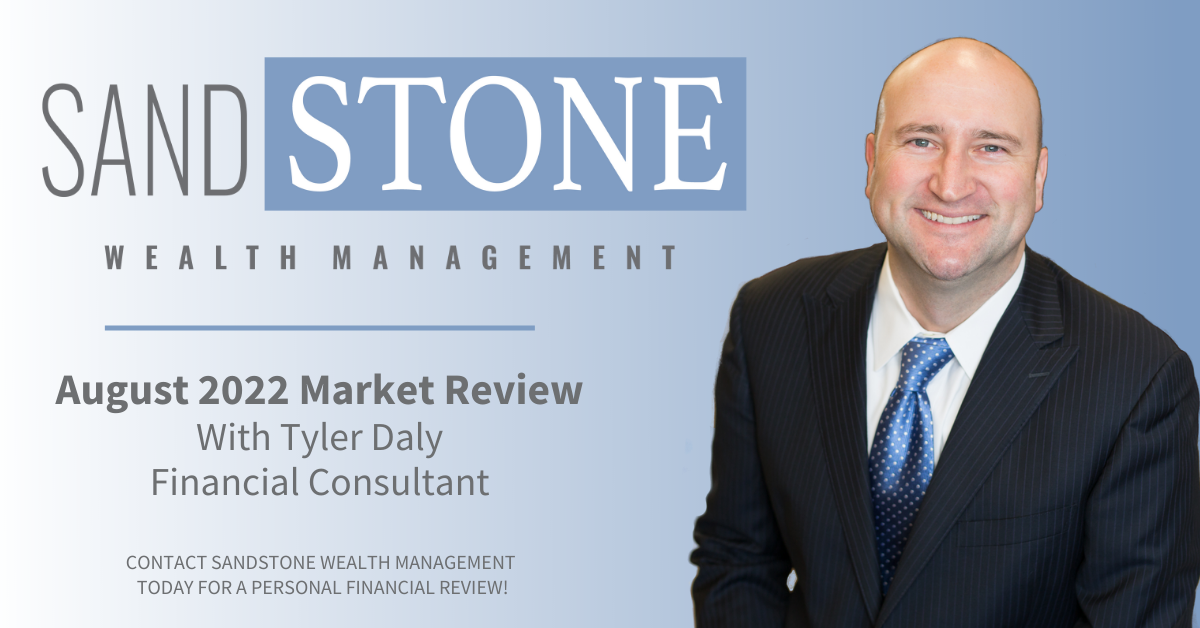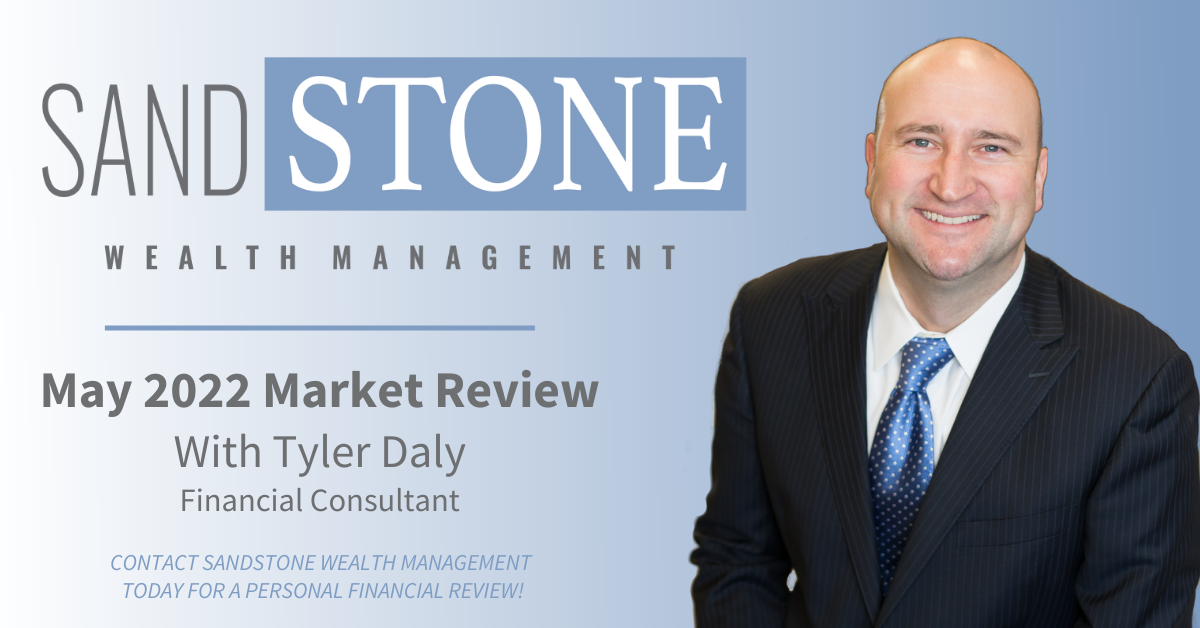
After a quiet January, all three of the major U.S. stock indices zeroed in on new highs in February, as market investors seem to be relatively optimistic about proposed infrastructure spending, strong earnings and positive economic data. The Dow Jones Industrial Average, for example, closed its longest rally in 30 years by month’s end.
| 1/31/17 Close | 2/28/17 Close | Change | Gain/Loss | |
|---|---|---|---|---|
| DJIA | 19,864.09 | 20,812.24 | +948.15 | +4.77% |
| NADSAQ | 5,614.79 | 5,825.44 | +210.65 | +3.75% |
| S&P 500 | 2,278.87 | 2,363.64 | +84.77 | +3.72% |
| MSCI EAFE | 1,732.38 | 1,749.63 | +17.25 | +1.00% |
| Russell 2000 | 1,361.82 | 1,386.68 | +24.86 | +1.83% |
| Bloomberg Barclays Aggregate Bond |
1,977.56 | 1,992.59 | +15.03 | +0.76% |
*Performance reflects price returns as of 4:30 EDT on Feb. 28, 2017. Barclay’s Aggregate reflects the previous day’s close.
Of course, observers are also looking toward the next meeting of the Federal Open Market Committee in March for news on a potential hike in short-term interest rates. Here’s a look at what else is going on in the economy and capital markets, as well as key factors we are keeping an eye on.
Economy
- Federal Reserve Chair Janet Yellen noted in a recent speech that the Fed is nearing its goals (full employment and 2% PCE price inflation) and expects to gradually raise short-term interest rates.
- Job growth has remained relatively strong in recent months and claims for unemployment benefits have been trending at a 43-year low. How much slack remains in the job market is the key question for Fed policymakers, according to Raymond James Chief Economist Scott Brown.
- Monthly data suggest a relatively good start to 2017, with a pickup in capital investment, but some slowing in consumer spending growth.
- In Washington, the size, timing and composition of potential tax cuts remains very uncertain.
Equities
- The S&P 500 did not fall more than -0.76% from a previous high at any point during the month of February, a clear confirmation of the market’s strength. The index has still not dropped 2% at any point since the election.
- Six of the S&P 500’s sectors gained ground over the month. Its tech sector just took a breather after a record 15-day winning streak, and utilities notched gains for the past four weeks.
- Cyclical sectors broke out to new 52-week highs, according to Raymond James Chief Investment Strategist Jeff Saut. Energy, financials, industrials and technology showed promise, while real estate and consumer staples lagged.
- The NASDAQ Composite Index closed lower only five times in February and the average loss during those five sessions was only -0.15%.
- The Dow Jones Industrial Average’s 12-session winning streak is the longest in 30 years and only the second time since 1897 that it has gone at least that long without closing lower.
- Participation in the rally across the broad market has been relatively promising, as well, with 76% of stocks trading on the New York Stock Exchange considered to be trending upward as measured by being above the 200-day moving average.
International
- The last few weeks have seen further evidence of a tentative economic recovery in Europe despite the still very uncertain political backdrop, according to Chris Bailey, European Strategist, Raymond James, Euro Equities*.
- This was particularly apparent in France where purchasing managers index data showed a faster expansion than in Germany. This occurred for the first time in a number of years along with rising bond market concern about the outcome of the French presidential election in a few months’ time.
- This mixed backdrop has seen the first sustained inflows into European equity markets by global investors for well over a year, which could prove to be a positive influence throughout 2017.
- Higher commodity prices and relatively benign capital market conditions have helped both emerging market equity and currency markets to generally rise.
*An affiliate of Raymond James & Associates and Raymond James Financial Services
Fixed Income
- Yield on the 10-year Treasury declined slightly from the beginning of the month (2.36% compared to 2.47% on February 1).
- Short-term taxable bond rates have kept up with the short-term yield curve rate rise. In particular, the 12-month taxable rates have also seen a slight spread increase.
Bottom Line
- We’re still in the early days of a new administration, and investors are watching for policy changes on infrastructure spending, healthcare and taxes. In the meantime, a well-diversified portfolio geared toward achieving your long-term goals should allow you to participate in upside potential as well as serve as ballast for any short-term volatility that may arise in the coming months.
Please let me know if you have any questions about current market events or how to position your long-term financial plan for the year ahead. I look forward to speaking with you.
Sincerely,
Tyler Daly
Financial Advisor
Raymond James Financial Services, Inc.
*Investing involves risk, and investors may incur a profit or a loss. Past performance is not an indication of future results and there is no assurance that any of the forecasts mentioned will occur. Investors cannot invest directly in an index. The Dow Jones Industrial Average is an unmanaged index of 30 widely held stocks. The NASDAQ Composite Index is an unmanaged index of all common stocks listed on the NASDAQ National Stock Market. The S&P 500 is an unmanaged index of 500 widely held stocks. The MSCI EAFE (Europe, Australia, Far East) index is an unmanaged index that is generally considered representative of the international stock market. International investing involves additional risks such as currency fluctuations, differing financial accounting standards, and possible political and economic instability. These risks are greater in emerging markets. The performance noted does not include fees or charges, which would reduce an investor's returns.
©2016 Raymond James Financial Services, Inc., member FINRA/SIPC. Securities offered through Raymond James Financial Services, Inc., member FINRA/SIPC, and are not insured by any financial institution insurance, the FDIC/NCUA or any other government agency, are not deposits or obligations of the financial institution, are not guaranteed by the financial institution, and are subject to risks, including the possible loss of principal. Raymond James is not affiliated with the financial institution or the investment center.

Tyler has been in the financial services industry since 2004 and with Sandstone Wealth Management and Heartland Bank since 2009. He is Series 7, 66 and Insurance licensed to assist his clients with all their investing, financial planning, and insurance needs. Tyler was recently named to the Forbes List of America's Top Next-Generation Wealth Advisor, which recognizes advisors from national, regional, and independent firms. Tyler graduated from the University of Nebraska-Lincoln with a Bachelor’s Degree in Diversified Agriculture and was born and raised in the Nebraska Sandhills. This gives him an intimate knowledge and understanding of his farming and ranching clients. Tyler is married to Rachel, who earned her Doctorate of Pharmacy from the University of Nebraska. They have two children, Camilla and Cooper. Away from business, he enjoys officiating high school basketball in the winter as well as golfing and team roping in the summer.


.png)

.jpg)

.jpg)

.png)




